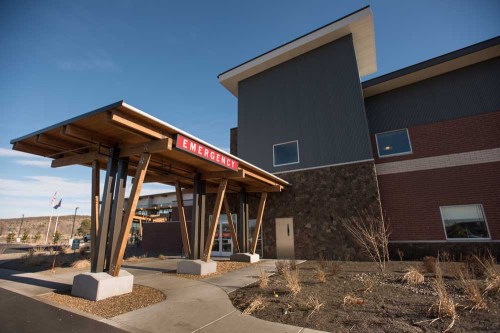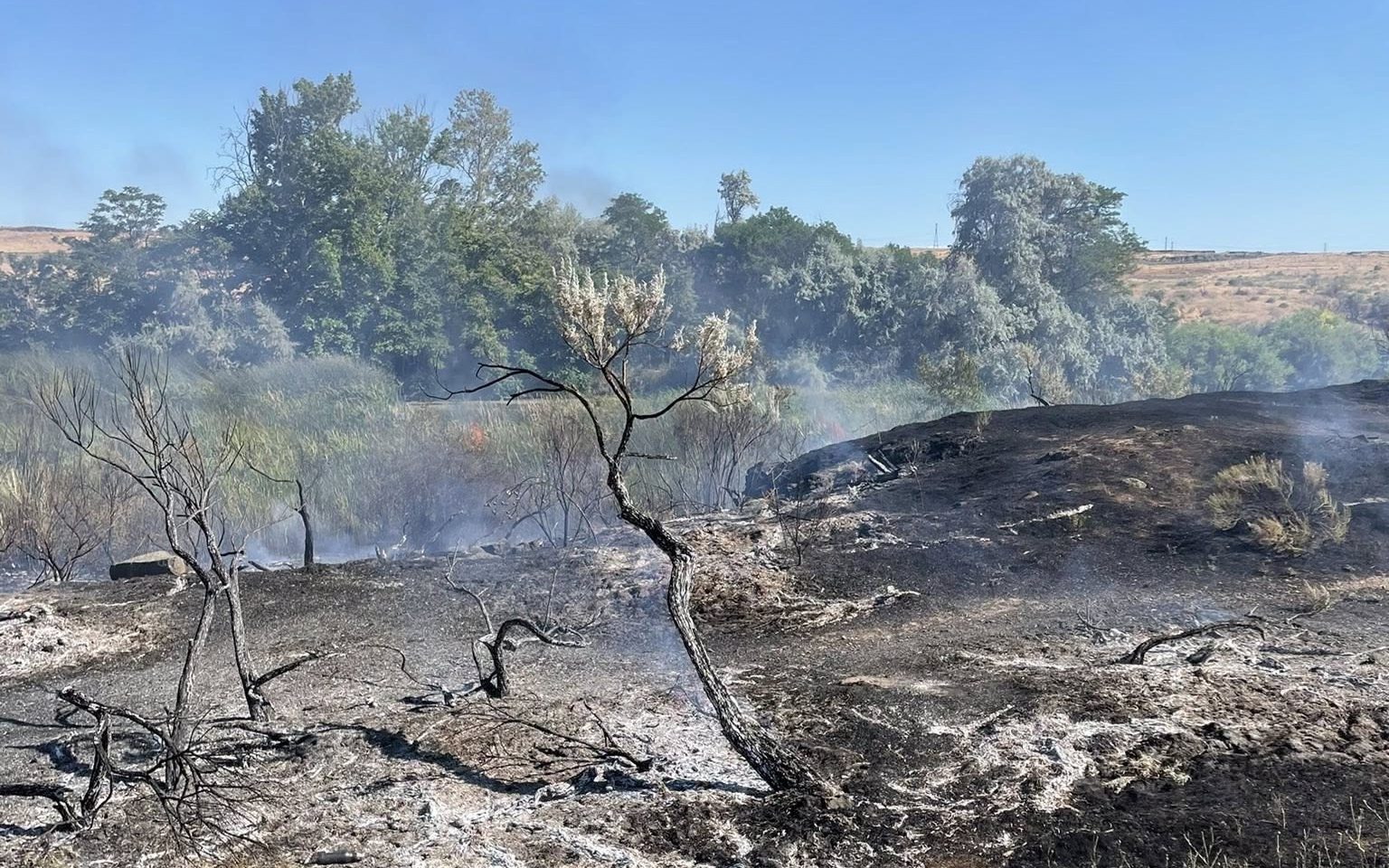Not enough beds available in rural areas
Published 12:00 pm Thursday, April 2, 2020

- St. Charles Health System operates a rural hospital in Prineville.
BEND — Social distancing comes naturally when you live in a town of 12 square miles.
Even in the planned communities and subdivisions of Prineville, a community of 10,000 people, many just shrug their shoulders at driving an hour to seek treatment not available in their area.
“There were challenges with recruitment before the virus, and it’s problematic during the virus challenge,” said Bob Duehmig, director of the Oregon Office of Rural Health at Oregon Health & Science University. “Living in a rural area is different. The needs are different.”
Access to health care is of crucial concern now because of the fast pace that COVID 19 is spreading in communities that have limited hospital beds and a small staff.
In Crook County, there are 156 health care workers and 16 beds for the 22,337 people who live there, according to the American Hospital Association’s annual survey for 2018.
In Jefferson County, there are 141 full-time health care workers and 25 hospital beds for the 23,143 people, according to the survey. In Deschutes County, there are 3,419 full-time health care workers and 297 beds for the 180,640 people.
Crook County has one positive case of COVID-19; Jefferson County has zero, and Deschutes County has 27 positive cases as of Wednesday. Anyone needing to be hospitalized for the virus will have to be transported to Bend.
The same goes for the Confederated Tribes of Warm Springs. There the community of 5,000 has locked down nonessential services.
“We don’t know if we don’t have cases or not because of the lack of testing kits,” said Prineville Mayor Steve Uffelman. “It’s a fact of life that those who need care will be transported to St. Charles Bend.
“On the flip side, we are kept somewhat isolated than other communities that are more densely populated. You take the good with the bad.”
An Incident Command System was set up to provide a unified response for health issues among the 5,000 people who live on the Warm Springs Indian Reservation, said Marshall Cohen, Indian Health Service public affairs specialist, in an email. The health center in Warm Springs has a dedicated phone line to triage patients with fever, cough or shortness of breath, the symptoms of COVID-19, the coronavirus that has killed 19 people in Oregon and positively infected 737 people as of Tuesday.
“The whole idea is not to occupy beds,” Duehmig said of a policy that only allows rural hospitals to keep people for 96 hours. “Move them on and free up beds for other patients.”
As the number of positive cases of COVID-19 increase, St. Charles Health System will redeploy some workers and adjust staffing as needed, said Dr. Jeff Absalon, hospital chief physician executive. Physicians and nurses whose practices have slowed down because of Gov. Kate Brown’s March 18 directive to cease nonemergency procedures to preserve personal protective equipment will be redeployed to other areas when the influx of cases arrive, Absalon said.
“We can bring in the additional workforce from outside our current employees, depending on what degree this ramps up to,” Absalon said.
The statewide restrictions also were put in place for outpatient clinics, health care providers, dentists and veterinarians.
Rural communities are used to not having access to specialists. Some, like St. Charles Health System cardiologist Dr. Bruce McLellan, make visits to the community once or twice a month. McLellan flies his Cessna airplane to John Day twice a month. But not last month.
Now he sees patients by phone.
“I am doing it remotely from home,” McLellan said in an email. “We have canceled, moved or rescheduled almost everyone from the office in Bend. The goal is to provide as much care as we can electronically, but keep patients, families, doctors and staff off the campus as much as possible.”
When rural communities can attract more young talent, they’ll be better suited to staff these communities. It’s difficult to attract young talent outside of urban areas, said Duehmig. Young people often feel there are more opportunities in big cities.
“I’ll probably never see any of my patients if I’m practicing at Providence Health System or at Oregon Health & Science University,” Duehmig said. “But in a small community, I’ll run into them in the grocery store or at a youth baseball game. That’s part of the culture.”
Oregon has been working at funneling more doctors to rural communities through loan incentive programs or rural residency programs. Currently, there are 104 people in the Scholars for a Healthy Oregon Initiative program of tuition reimbursement for students studying to be dentists, nurse practitioners, physician assistants and physicians. The state also provides loan forgiveness. There are 76 people receiving benefits, Duehmig said.
“When it comes to this virus, I have no idea and no way of predicting the outcomes,” Duehmig said. “We need to, as we did before the pandemic, to continue to invest in our health care workforce. We can’t lose focus on that.
“We will have a wild time for the next couple of months. We’ll have to continue to look at this to meet the needs of our populations.”






